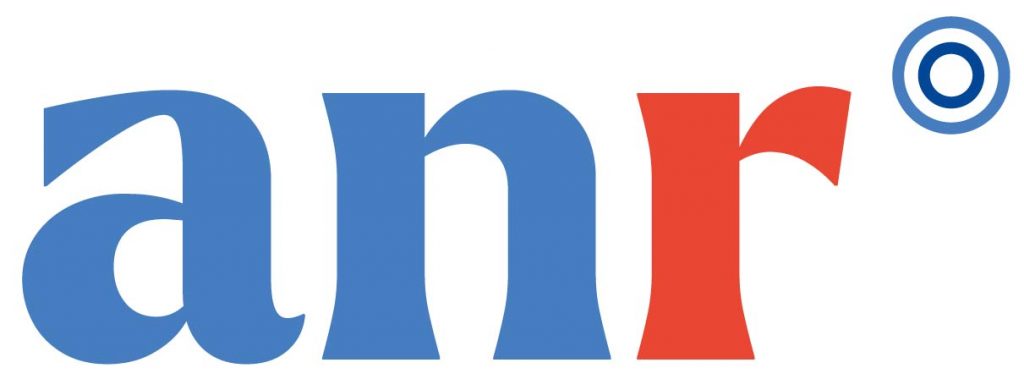Helical dichroism of magnetic structures
High-order harmonic generation (HOGG) has recently made available light sources delivering femtosecond (fs) or attosecond (as) pulses, carrying spin angular momentum (SAM) or orbital angular momentum (OAM).
The former are associated with circular polarization and carry unitary angular momentum (AM). The latter have wavefronts whose inclination rotates helically around the propagation axis, and carry any integer value of AM unit.

Today, these sources can be structured spatially and in polarization on the scale of the optical cycle. While MAS has been widely used to probe and control magnetic samples, MAO remains largely ignored in this context.
At the same time, spintronics, a technology that uses both the spin and the charge of the electron, is developing rapidly, making it possible to envisage electronic components with reduced power consumption and increased speed. However, the associated physics remains imperfectly understood, particularly at ultra-short time scales (fs and as) and small transverse dimensions (micrometers and nm). In this context, two types of structures are of particular interest: i) magnetic vortices (VMs) and ii) all-optical switching (AOS) devices whose magnetization is controlled by fs laser pulses.

We have recently predicted and observed the existence of a dichroism specific to magnetic structures, called Helicoidal Magnetic Dichroism (HMD). It manifests itself as a change in the light intensity profile of a beam carrying a HMD, after reflection from a magnetic structure.
This change, which does not require polarimetric measurement, depends on the absolute value and sign of the MAO, and, in the case of VMs, on their chirality and polarization. DHM is therefore potentially a very powerful mode of study for magnetic structures of interest for spintronics.
HELIMAG will have three objectives. Through the development of theory and optimized measurements, we will establish DHM as the method of choice for the study of magnetic structures.
Secondly, we will investigate theoretically and experimentally the control of CODs by beams carrying an MAO through inverse helical dichroism (IHD), and quantify the benefit brought by unconstrained MAO values as well as by the possibility of structuring the field.
Thirdly, we will monitor and control ultrafast spin dynamics by combining dynamics initiation with HID, and diagnostics with MHD.
To achieve these objectives, INSP and SPINTEC will synthesize several types of samples: single magnetic layers and their alloys in vortex or non-vortex form, multilayers, skyrmion arrays, anti-vortex, epitaxial multilayers with magnetization modulation..
LIDYL light sources carrying MAO and/or MAS will be focused on these structures using specific optics designed at SOLEIL and produced with the LCF. In a second phase, on homogeneous samples, we will use automatic methods to design structured light fields that amplify or direct the transfer of MA to magnetic structures.
Finally, we will use these methods to control and monitor the transfer of AM to magnetic structures. The corresponding theoretical predictions will be developed at LIDYL for optics, and at Spintec for micromagnetism.
Helimag will be fundamental in scope, establishing a new technique for the analysis and control of magnetic samples, in both static and dynamic regimes. In the context of spintronics, it will also have a major societal impact. Although ambitious, Helimag coordinates the efforts of a consortium with unique complementary skills, keeping the risk to a reasonable level.
Project leader: Thierry RUCHON
text


